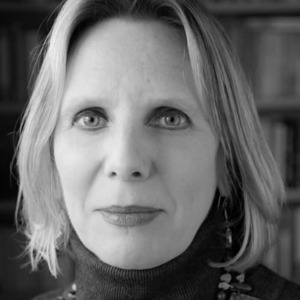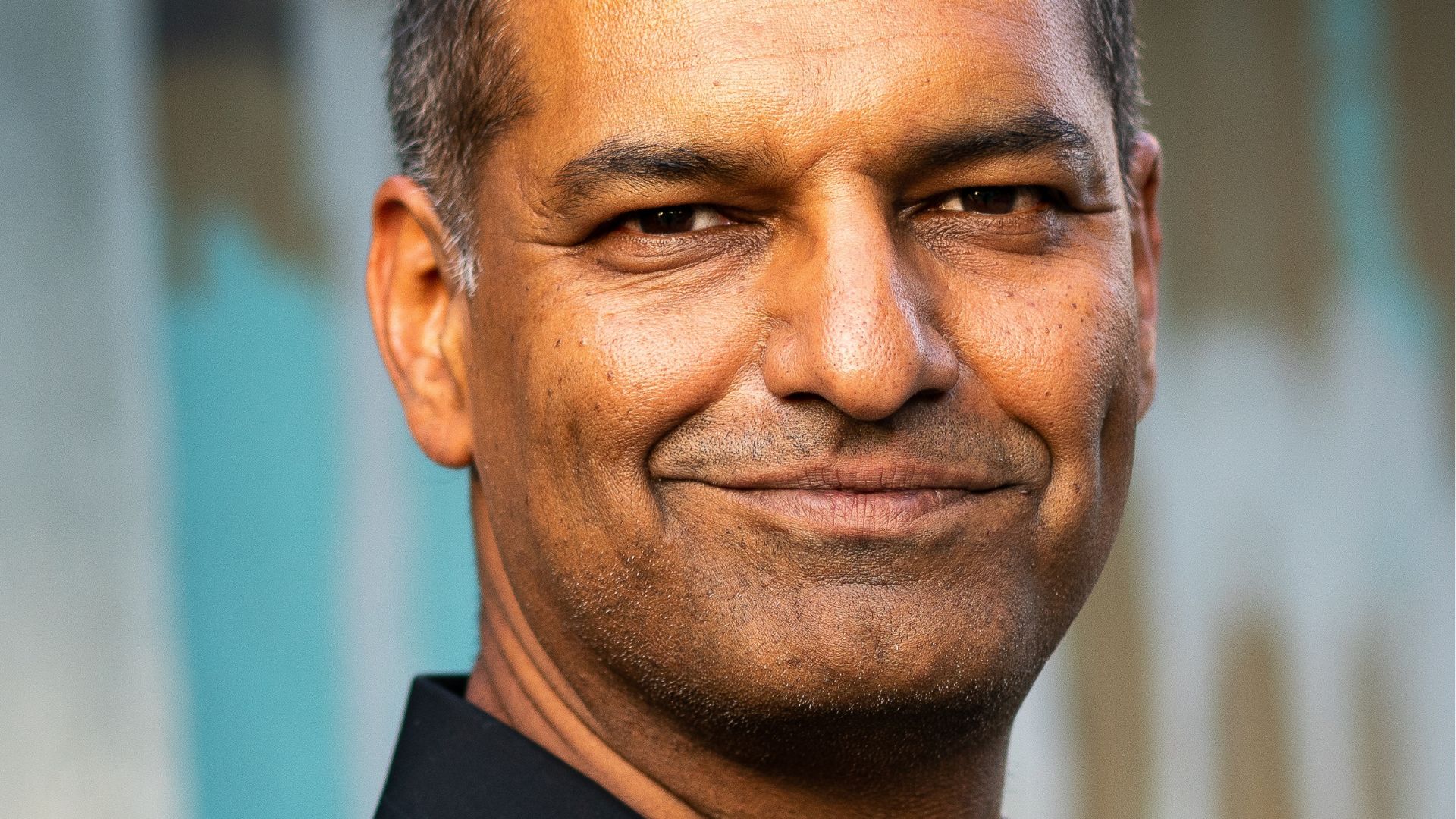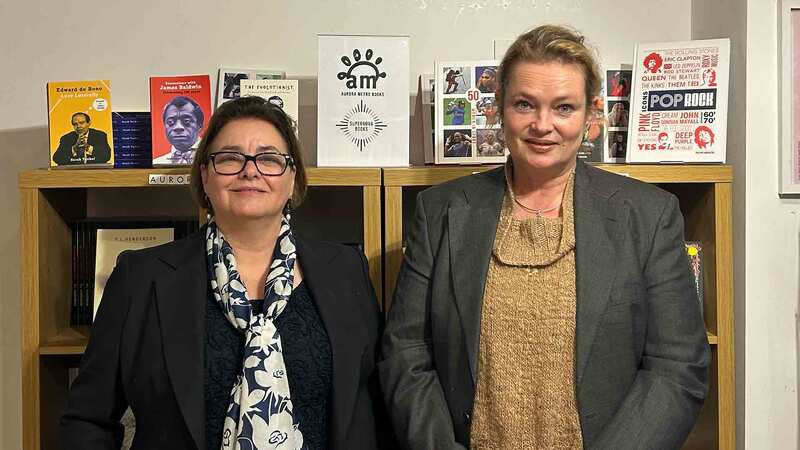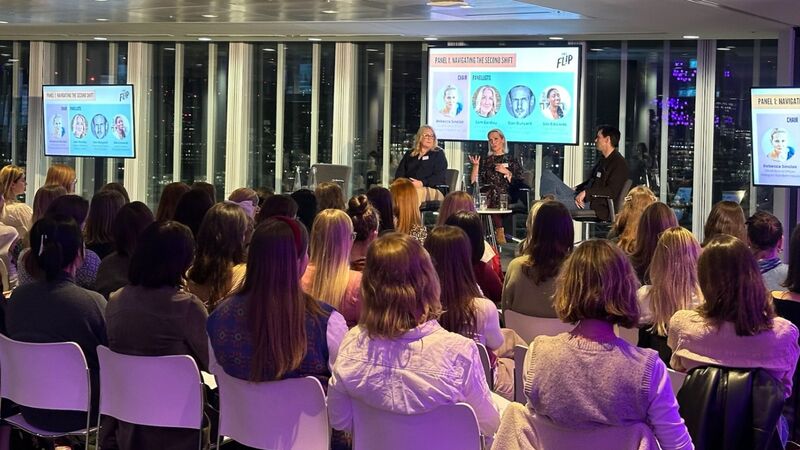You are viewing your 1 free article this month. Login to read more articles.
Dr Charan Ranganath on memory, creativity and intelligence
 Caroline Sanderson
Caroline SandersonCaroline Sanderson is a non-fiction writer, editor and books journalist. Her books include a travel narrative, A Rambling Fancy: in the F ...more
In his new book, Dr Charan Ranganath helps us discover the best way to maximise the power of memory.

Caroline Sanderson is a non-fiction writer, editor and books journalist. Her books include a travel narrative, A Rambling Fancy: in the F ...more
"There’s an intimate link between our memory, and who we are.” Dr Charan Ranganath, professor of psychology and neuroscience at the University of California at Davis, is talking about his first book Why We Remember: The Science of Memory and How it Shapes Us which Faber hopes will do for memory what Matthew Walker’s Why We Sleep did for slumber.
Director of UC Davis’ world-leading Dynamic Memory Lab, Ranganath is a pioneer in the use of brain-imaging to study the mechanisms in the brain that allow us to remember past events. So it’s a surprise to learn when we speak via video call that his illustrious 25-year career is the result of what he calls “a series of coincidences”. Born in India, he moved to Northern California with his family when he was less than a year old. “If you’d have asked me when I was 16 what I would be doing in future, scientist would not have been one of the answers. My parents had the narrow view that I was either going to be a doctor or an engineer or unemployed,” he laughs.
Being good at maths, Ranganath decided on engineering but struggled with a subject he didn’t enjoy. Then after drifting for a while, he became interested in psychology.
Everything just seemed to converge on the idea that memory was important
It was a class with the now Nobel Prize-winning psychologist Daniel Kahneman (author of Thinking, Fast and Slow) that helped kindle his love for the discipline. “His big point was that our judgements and decisions are essentially not logical and don’t fit with our conscious interpretations of why we do things. And I was really turned on by that because when I was growing up I never felt like I fitted into any kind of niche.”
Graduate school in clinical psychology followed, including training in behaviour therapy to treat anxiety disorders, encountering people who wanted to work through past events in their lives. He also worked with patients with brain damage where memory loss was often the prime concern. “Everything just seemed to converge on the idea that memory was important.”
Engagingly written throughout, Why We Remember has many cognitive revelations in its fewer than 200 pages. For example, if you despair at constantly misplacing your glass/car keys/phone, you’ll be relieved to hear that our memory is actually designed to forget. The human brain prioritises information that helps us make sense of the world. So it gravitates to the highs and lows in our past rather than the inconsequential. Or as Ranganath puts it: “The mechanisms of memory were not cobbled together to help us remember the name of that guy we met at that thing.”
We humans generate our own eclectic memory training by interacting with the world, and with other people
And then there’s the essential difference between our two very different kinds of memory: semantic, which broadly denotes our ability to recall general facts about the world, regardless of how or where we learned the information; and episodic, which allows us to recall and even re-experience events from the past, in feats of mental time travel that help us interpret the present and the future. Ranganath suggests that we think about memory as being “less like a photograph and more like a painting”, because rather than merely replaying past events, we reimagine them as we remember. And especially when we talk about them to other people, subtle alterations happen. This offers hope for those healing from past trauma; in fact it forms the basis of psychotherapy and other talking therapies.
Endless possibilities
I am fascinated by the intimate connection Ranganath highlights between memory and imagination: “The peculiar way in which we form memories can lead us to stray far from reality yet gives us the fuel to imagine a world with endless possibilities,” he writes. I ask him how we can differentiate between the powers of human memory and those of machine memory, popularly known as artificial intelligence. “I’ve been dying to talk about this! Intelligence is a dumb concept because in many ways machines are much more intelligent than us. If I ask ChatGPT to give me the first chapter of War and Peace as if written by Robert Plant, it could do that immediately! If I asked you to do it, it would take you a very long time. The flip side is that if, in two weeks from now, I say ‘Hey ChatGTP, you remember that time I asked you to do that weird thing with War and Peace?’, it wouldn’t remember. Which proves that when people say machines have a human kind of intelligence, they’re wrong.”
Rather than living in the past and ruminating on our mistakes and our traumas, we can think: so what does this mean for me now?
“Machines depend on humans to provide their training,” he adds. “Whereas we humans generate our own eclectic memory training by interacting with the world, and with other people. People get curious and so they explore and they ask questions of others. And because we have episodic memory we can make idiosyncratic connections from our lived experience between things that shouldn’t go together. Connections that it would take a machine much longer to make. So that’s why we will see much more of a value placed on the kind of creative works that are outside of the norm and this could open a door for human innovation.”
Ranganath’s own creativity finds an outlet in music. During his college days he was in a rock band called Plug-In Drug (“Yes, I regret that name”) and he now occasionally plays in a cover band formed of neuroscientists from all over the world called Pavlov’s Dogz. He has a fondness for chapter titles that reference songs, including “Just My Imagination” and “Turn and Face the Strange”, and through my on-screen window I can see an impressive array of guitars lining the walls of his office.
Extract
When we talk about memories as being “true” or “false” we are fundamentally mischaracterising how memory works. I like to think of memory as less like a photograph and more like a painting. Most memories typically include some mixture of details that are faithful to the subject, details that are distorted or embellished, and inferences and interpretations that are neither absolutely true, nor entirely false, but rather a reflection of the artist’s perspective. The same is true of memory.
Memories, we will see, are neither false nor true—they are constructed in the moment, reflecting both fragments of what actually transpired in the past and the biases, motivations, and cues that we have around us in the present.
Why We Remember is not just about remembrance of things past. It’s about using the positive aspects of memory to make future intentional choices. There are many takeaways from the book about how we maximise the power of memory, but it is this future-orientated perspective Ranganath tells me he is most keen to emphasise. “Rather than living in the past and ruminating on our mistakes and our traumas, we can think: so what does this mean for me now? What can I learn from this? Thinking this way can be hard, but because of the way that human memory works, bad experiences give us a real opportunity to grow and learn. A lot of people feel burdened by their memories of the past. But they can actually open doors to the future.”










